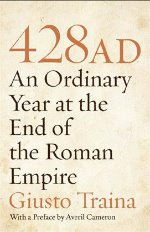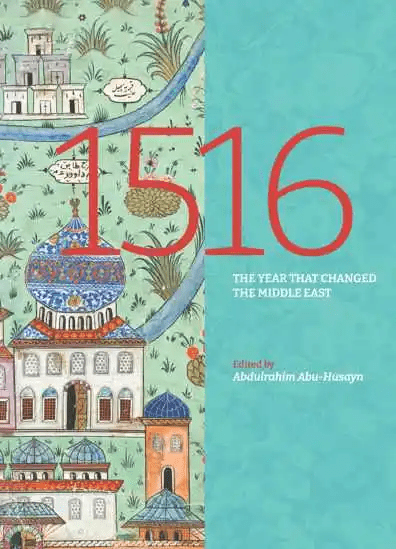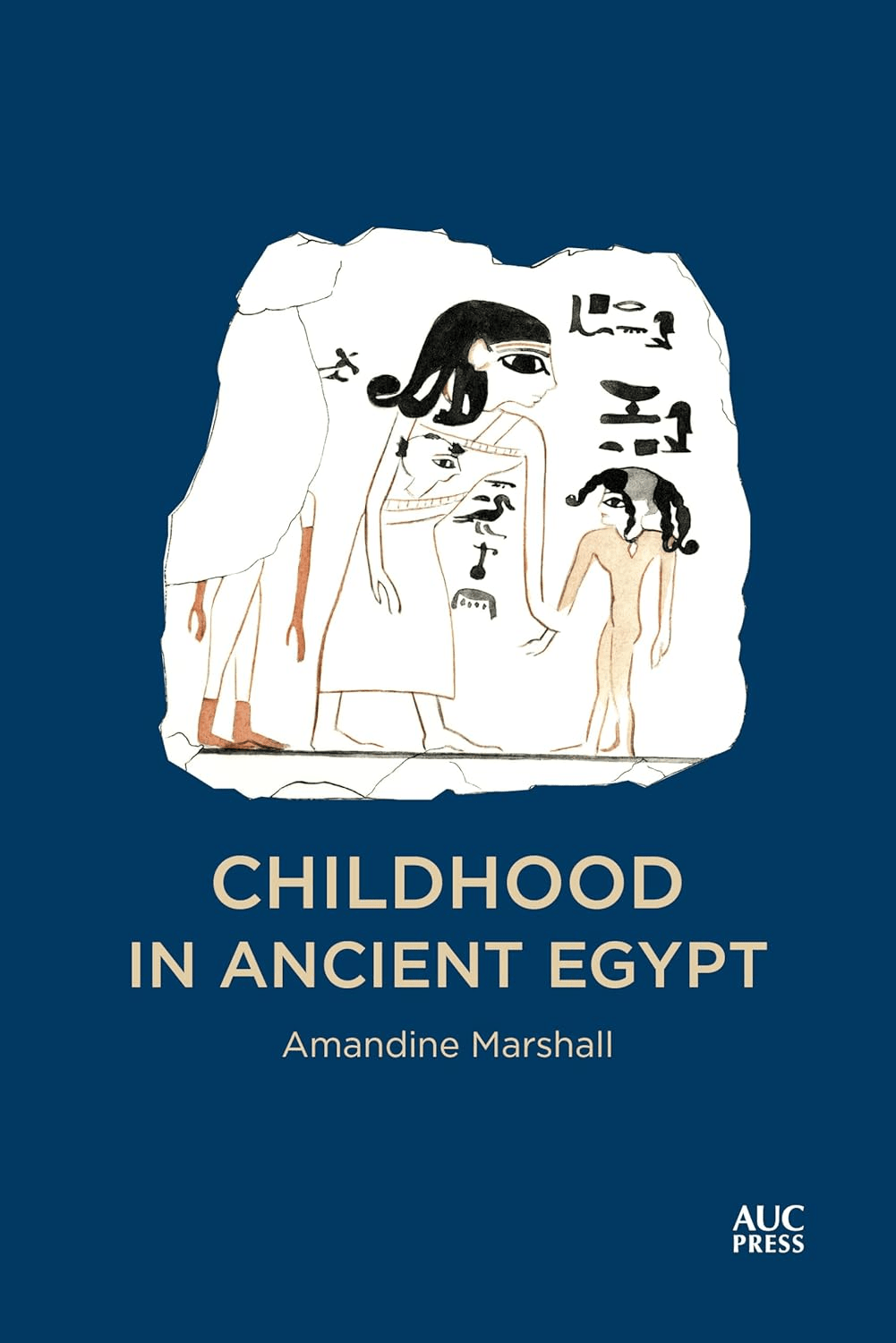
428 AD: An Ordinary Year at the End of the Roman Empire
Joseph P. Duggan
Traina, Giusto
2009, Princeton UP, 978-0-691-13669-1, $24.95 hb.
This brief volume, short on military action and long on diplomacy, religion and politics, offers a year’s tour of the Roman Empire and its eastern neighbors—Armenia, Sassanid Persia and Bactria. Among notable portrayals are young Emperor Theodosius ii and the powerful women of his family; Saint Simeon the Stylite atop his pillar near Aleppo; and in Hippo in North Africa, an aged Saint Augustine cataloging a perplexing array of heresies as his days in the City of Man neared an end. These people are intriguing, but even more so are the monk Hypatius, ecclesiastical enemy of the ill-fated bishop Nestorius; and Aetius, a politically ambitious general with a genius for self-promotion as a counterinsurgency expert. It’s easy to imagine Aetius with PowerPoint instead of papyrus. Regarding the lands of today’s Muslim world, this is a fascinating panorama of a moment in “late antiquity.”
You may also be interested in...

Editor Challenges Readers To Witness Islamic History Sans the Modern Lens In New Book
In 1516, Ottoman Sultan Selim I entered Damascus clean-shaven. What followed changed Arab-Turkish relations for 400 years.
Child's Play: Reconstructing Everyday Life of Youth in Ancient Egypt
Egyptologist Amandine Marshall observes how the depictions of children created by Ancient Egyptians seldom illustrated their actual lives.